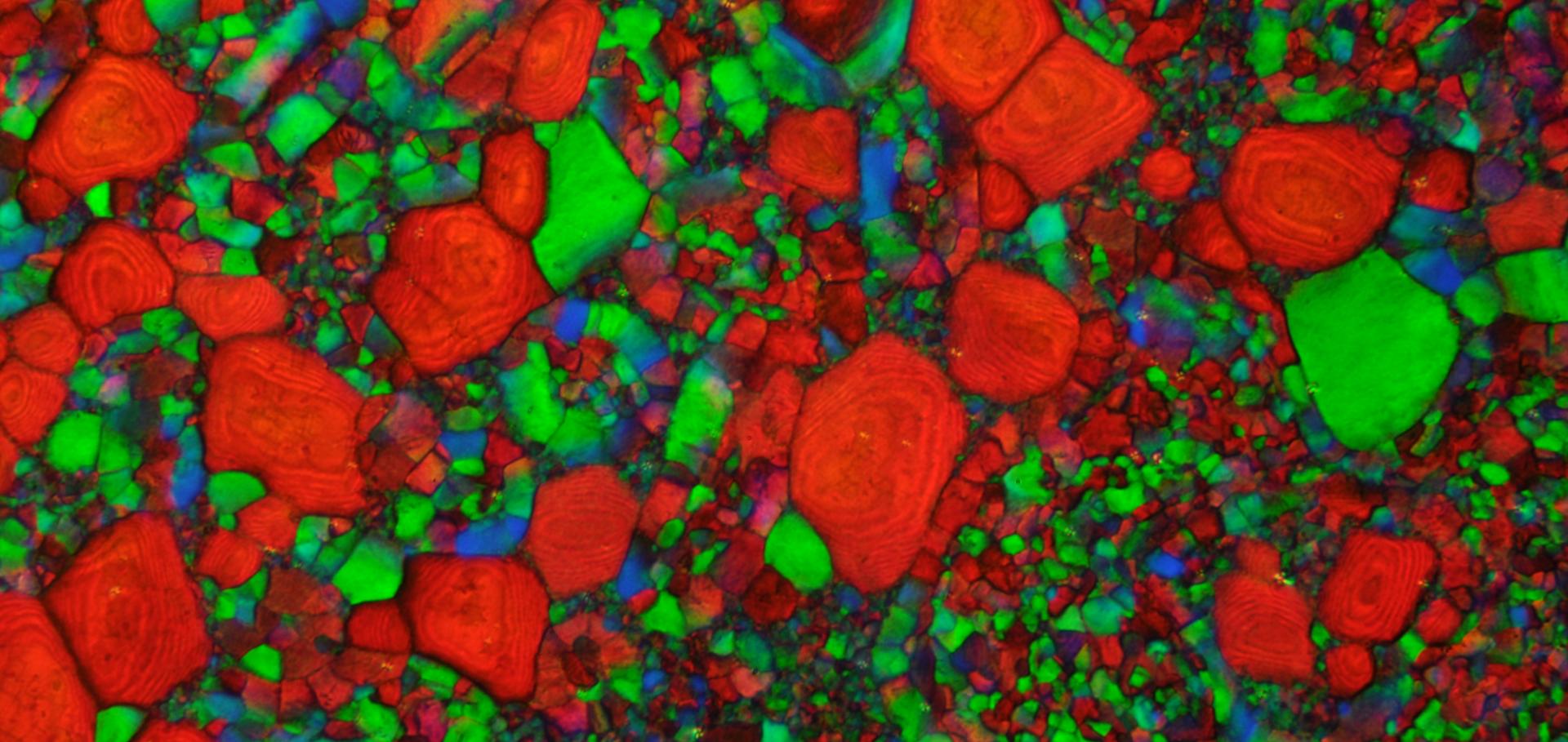A versatile platform for gas-phase molecular polaritonics
Photovoltaic performance of FAPbI3 perovskite is hampered by intrinsic quantum confinement
Abstract:
Formamidinium lead trioiodide (FAPbI3) is a promising perovskite for single-junction solar cells. However, FAPbI3 is metastable at room temperature and can cause intrinsic quantum confinement effects apparent through a series of above-bandgap absorption peaks. Here, we explore three common solution-based film-fabrication methods, neat N,N-dimethylformamide (DMF)–dimethyl sulfoxide (DMSO) solvent, DMF-DMSO with methylammonium chloride, and a sequential deposition approach. The latter two offer enhanced nucleation and crystallization control and suppress such quantum confinement effects. We show that elimination of these absorption features yields increased power conversion efficiencies (PCEs) and short-circuit currents, suggesting that quantum confinement hinders charge extraction. A meta-analysis of literature reports, covering 244 articles and 825 photovoltaic devices incorporating FAPbI3 films corroborates our findings, indicating that PCEs rarely exceed a 20% threshold when such absorption features are present. Accordingly, ensuring the absence of these absorption features should be the first assessment when designing fabrication approaches for high-efficiency FAPbI3 solar cells.
Understanding the degradation of methylenediammonium and its role in phase-stabilizing formamidinium lead triiodide
Abstract:
Formamidinium lead triiodide (FAPbI3) is the leading candidate for single-junction metal–halide perovskite photovoltaics, despite the metastability of this phase. To enhance its ambient-phase stability and produce world-record photovoltaic efficiencies, methylenediammonium dichloride (MDACl2) has been used as an additive in FAPbI3. MDA2+ has been reported as incorporated into the perovskite lattice alongside Cl–. However, the precise function and role of MDA2+ remain uncertain. Here, we grow FAPbI3 single crystals from a solution containing MDACl2 (FAPbI3-M). We demonstrate that FAPbI3-M crystals are stable against transformation to the photoinactive δ-phase for more than one year under ambient conditions. Critically, we reveal that MDA2+ is not the direct cause of the enhanced material stability. Instead, MDA2+ degrades rapidly to produce ammonium and methaniminium, which subsequently oligomerizes to yield hexamethylenetetramine (HMTA). FAPbI3 crystals grown from a solution containing HMTA (FAPbI3-H) replicate the enhanced α-phase stability of FAPbI3-M. However, we further determine that HMTA is unstable in the perovskite precursor solution, where reaction with FA+ is possible, leading instead to the formation of tetrahydrotriazinium (THTZ-H+). By a combination of liquid- and solid-state NMR techniques, we show that THTZ-H+ is selectively incorporated into the bulk of both FAPbI3-M and FAPbI3-H at ∼0.5 mol % and infer that this addition is responsible for the improved α-phase stability.


